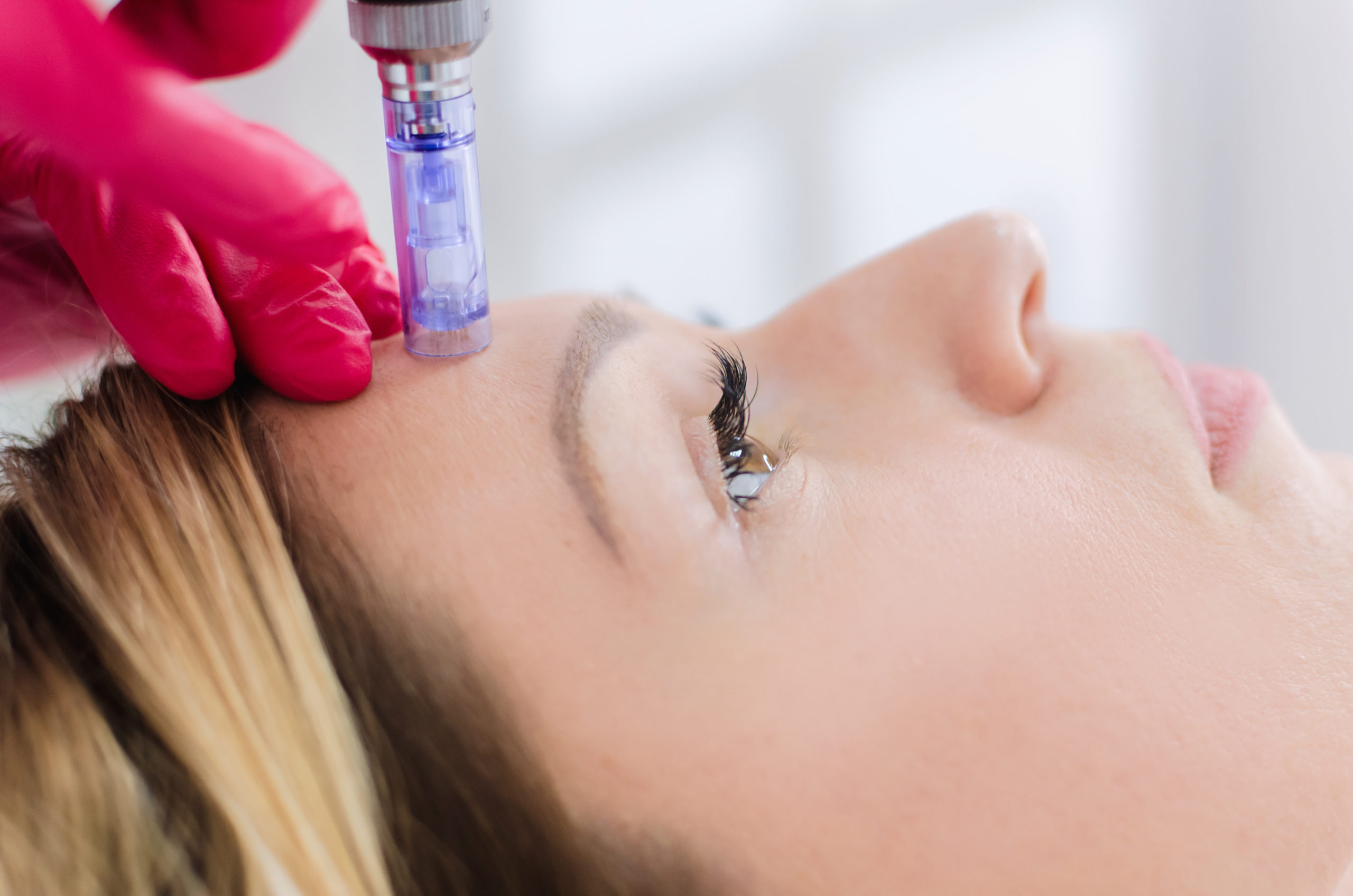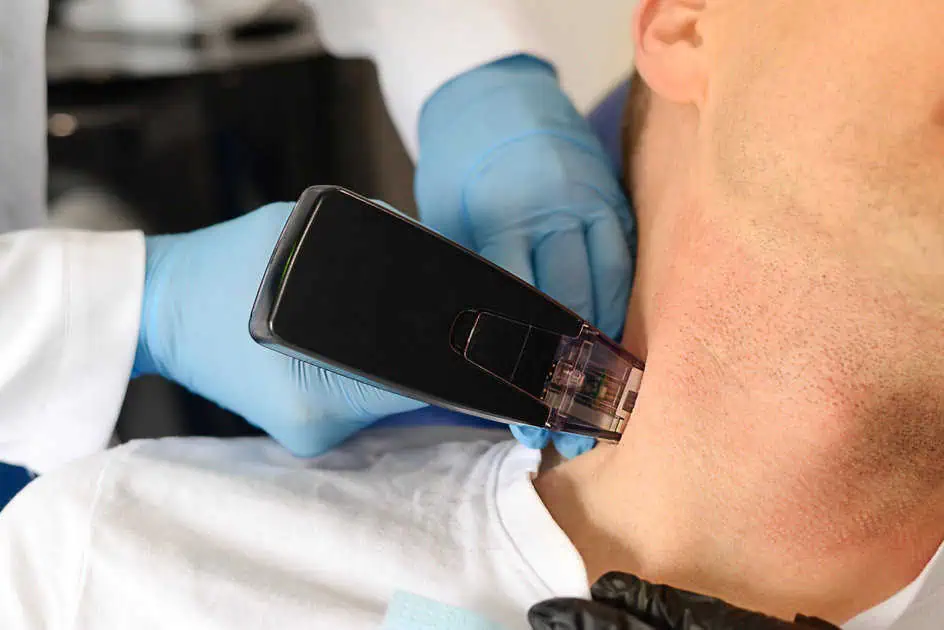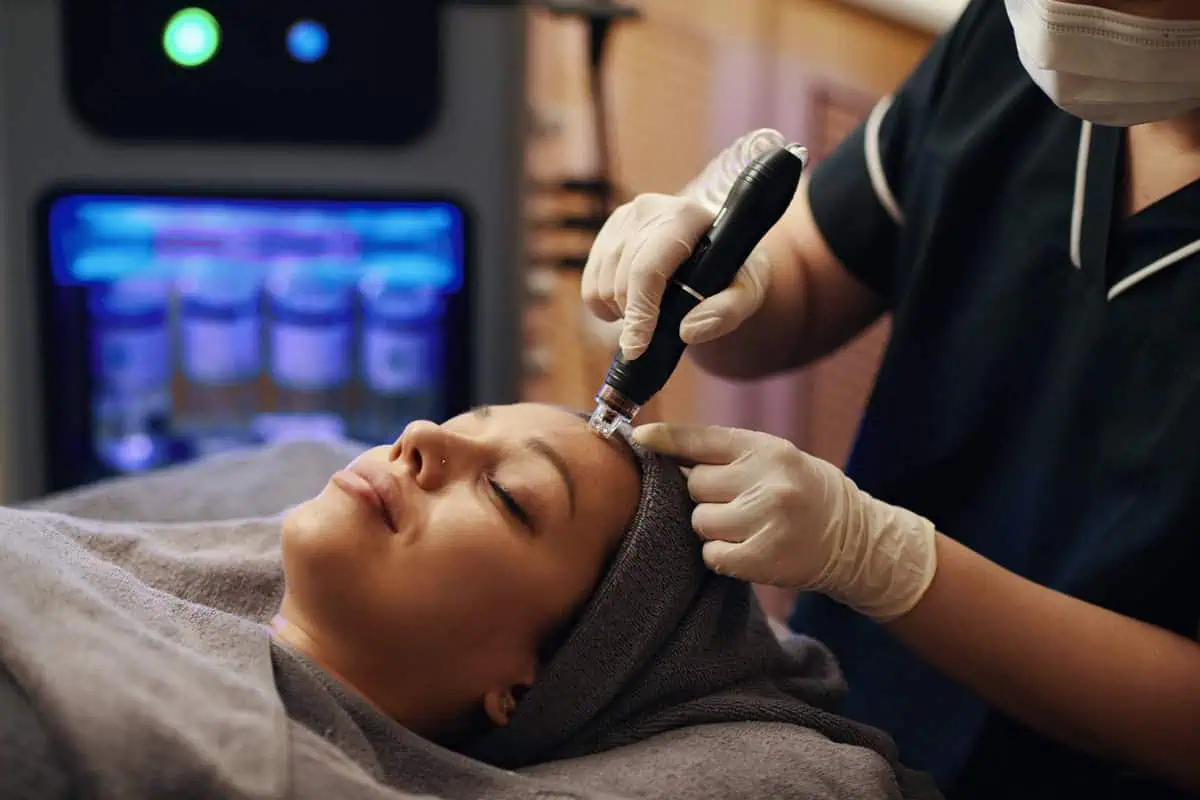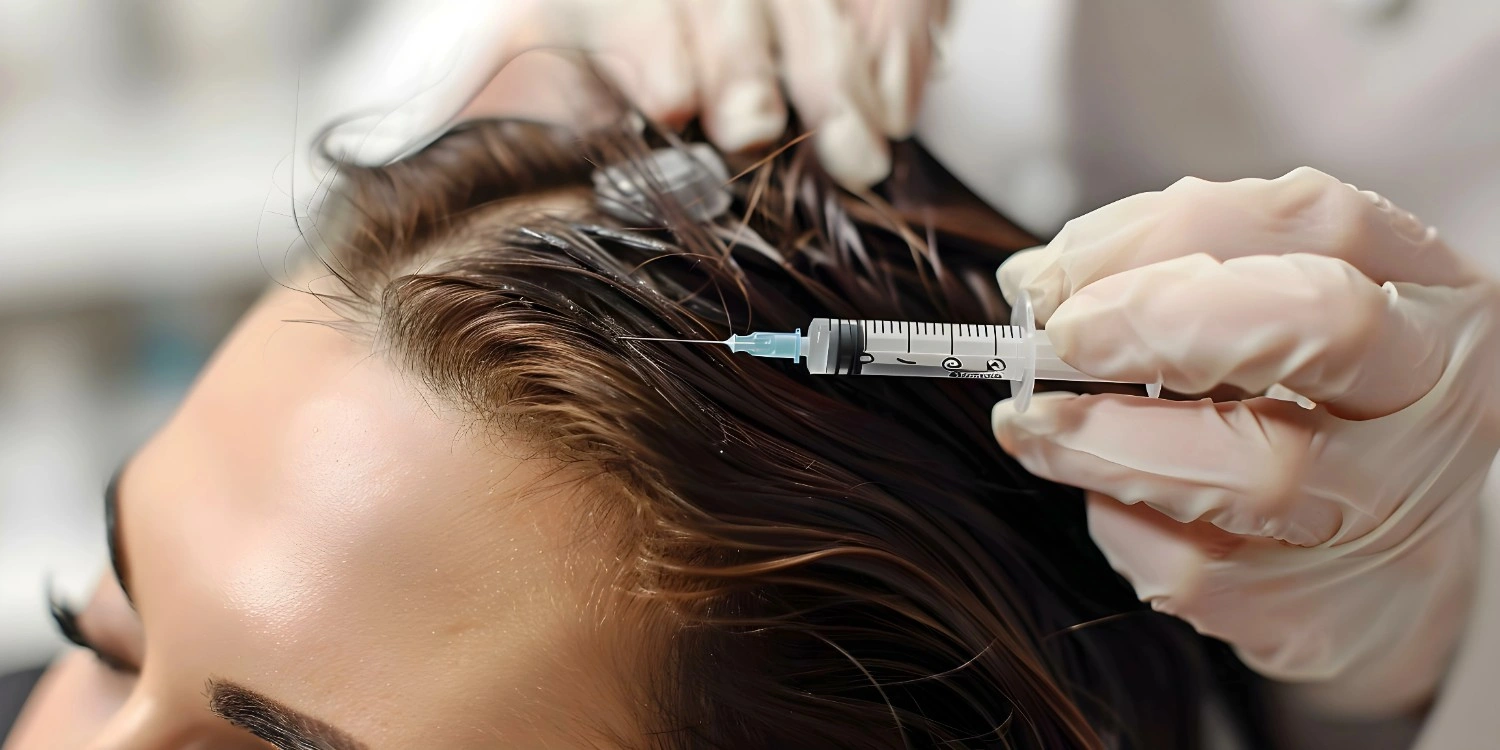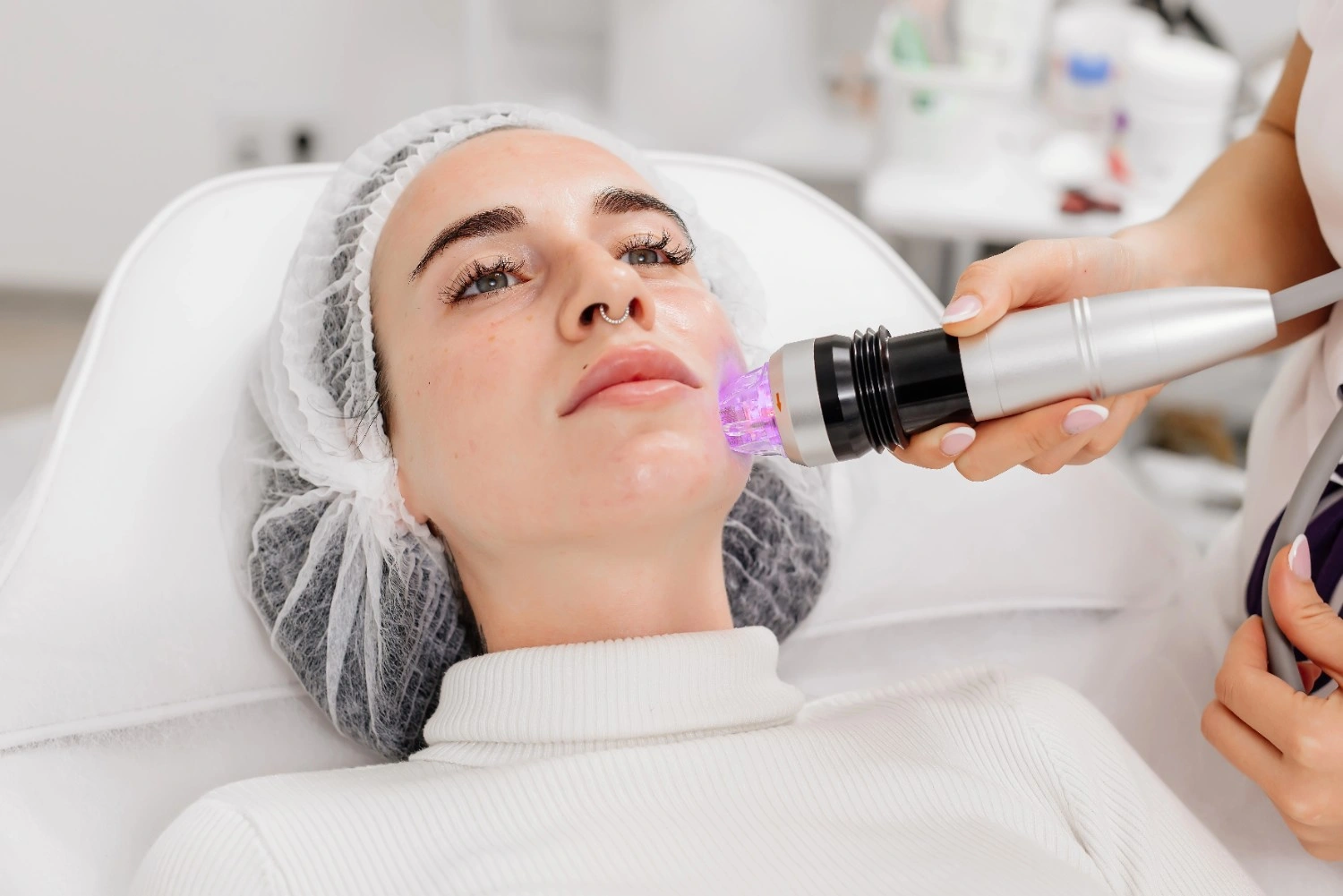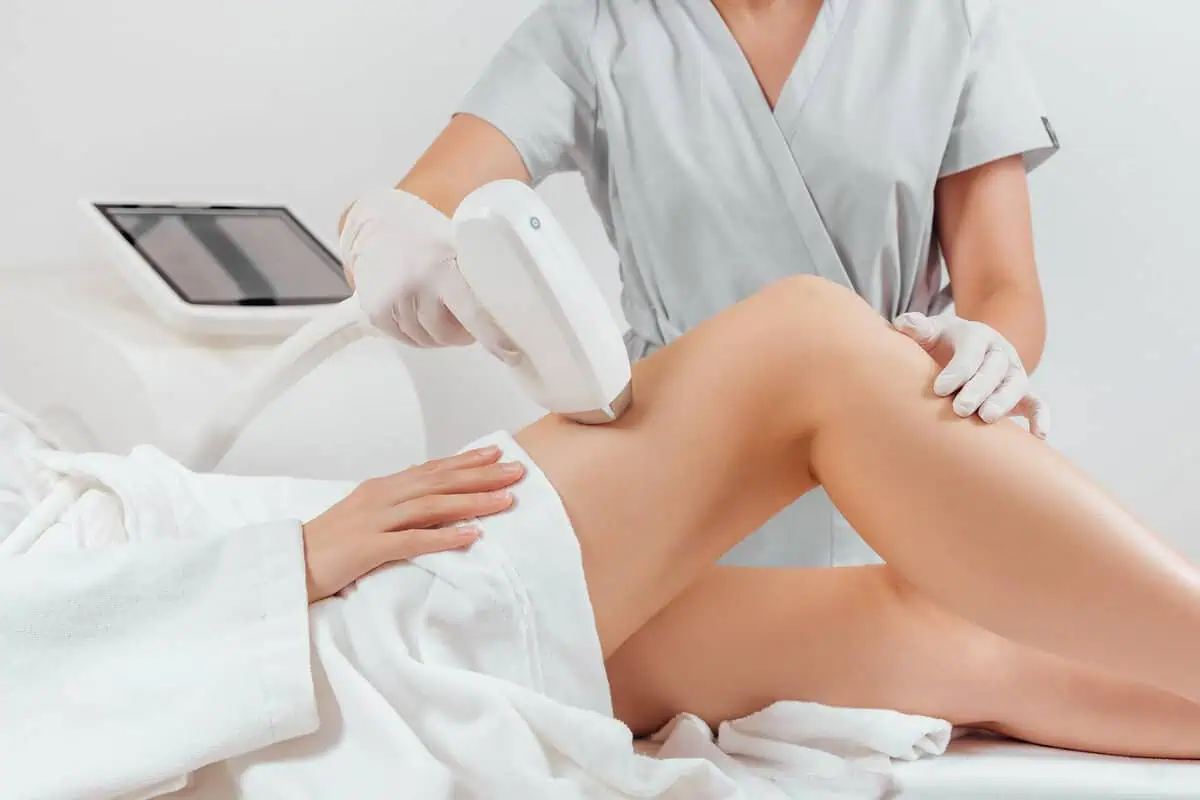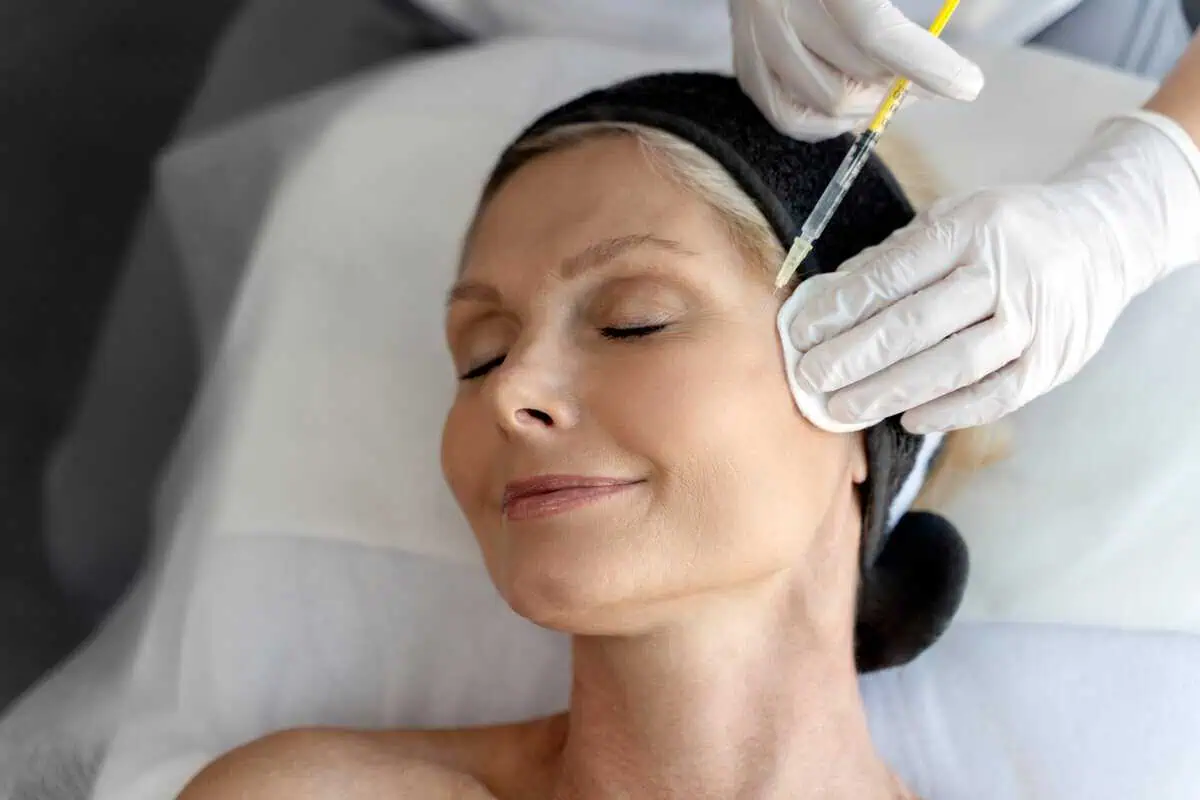Microneedling is today’s modern approach to effective skin rejuvenation, especially for the face. It is a cosmetic procedure that skin experts like dermatologists use to encourage collagen production by taking advantage of the body’s natural healing response.
Today, we’ll know more about microneedling, everything about this procedure, and the microneedling of the face to help efficiently rejuvenate our facial skin.
What is Microneedling?
Microneedling is a popular cosmetic procedure that treats skin concerns by stimulating collagen production. Also called collagen induction therapy, this minimally invasive treatment creates micro-punctures in the skin using miniature, sterilized needles.
Ideal candidates for this procedure are those in good health and have particular skin concerns that haven’t responded to home treatments or other dermatologic procedures, such as chemical peels. This treatment may also become the final step you consider before those other more intensive cosmetic procedures. Dermatologists can help you decide if this is the right option for your skin.
Benefits of Microneedling
As a popular skin procedure, microneedling has gained a massive following for its benefits list, growing ever since. It is said to help the skin’s rejuvenation and plumping while experiencing minimal discomfort and downtime and can be adjusted to fit each person’s needs. Typical uses of microneedling can include:
- improves skin elasticity
- promotes hair growth in people with alopecia
- reduces enlarged pores
- smoothens uneven skin tone
Microneedling generally reduces most skin issues and concerns, such as the appearances of the following:
- hyperpigmentation, or undesirable dark spots
- scars, which include acne scars
- ugly stretch marks
- unwanted fine lines and wrinkles
Furthermore, microneedling is considerably less expensive than laser therapy and may work better for some people. Laser treatments involve heat, eventually affecting one’s skin’s pigmentation.
Patients with darker skin tones may prefer microneedling to laser therapy because of safety concerns associated with certain types of laser treatments on the skin of color. Research on the effectiveness and safety of laser treatment on darker skin tones is still lacking.
Common Targeted Areas
Microneedling, most often used on the face for facial concerns, is sometimes used to treat stretch marks in other body areas. A study established that microneedling was effective for stretch marks on the thighs and abdominal area when combined with fillers. Scarring on different body parts may also be treated with this procedure.
How Microneedling Works
This procedure triggers the skin’s natural collagen production process, encouraging it to produce more. Although slightly injuring the skin, pinpricks from this procedure also make the skin respond by creating new collagen-rich tissue.
Microneedling makes new skin tissues become more even when it comes to skin tone and texture. But the skin often loses collagen as we age or get injured. Encouraging the skin to make new tissues results in additional collagen that may help make one’s skin firmer.
You may combine it with other treatments like radiofrequency, topical serums, and platelet-rich plasma. Skin experts can help you navigate the decisions regarding additional treatment options and their estimated costs.
Preparing for the Procedure
Before the microneedling procedure, talk with your doctor or healthcare provider about ways to prepare for your appointment. These preparations may include the need to stop taking certain medications, such as ibuprofen and those for acne treatment (like Accutane), well before microneedling.
Also, it is recommended that you avoid using agents that may increase your skin’s sensitivity. Your doctor may recommend you stop using topical retinoids and exfoliants before your microneedling appointment.
Procedure for Microneedling
During the microneedling process:
- Doctors make tiny pricks under the skin using a pen-like tool with tiny, sterilized needles. These pinpricks are so small that you likely won’t notice them after the procedure.
- They typically move the tool evenly across your skin so the newly rejuvenated skin will be even.
- Doctors will apply topical anesthetics to the treatment area approximately 45 minutes to 1 hour before your procedure. This numbing agent will numb the skin during the microneedling process, which takes about 30 minutes.
- They may finish your session by applying a growth serum or calming treatment. The average microneedling session lasts approximately two (2) hours.
Any Possible Risks or Potential Side Effects?
Like any cosmetic procedure, the procedure for microneedling still poses some risks. One side effect of this procedure is minor skin irritation after the process. In addition, you may also notice side effects of redness for the next few days. Contact skin experts like your doctor or healthcare provider if you start seeing more severe after-effects like the following:
- infection
- peeling
- bleeding
- bruising
Moreover, you may not be an ideal candidate for microneedling if you:
- have a history of skin scars
- have certain skin conditions, such as psoriasis or eczema
- have had radiation therapy recently
- have open wounds or active acne
Expecting, pregnant, or patients planning to get pregnant may need to be cleared by an obstetrician or gynecologist before the treatment.
Expectations After Microneedling
As not as invasive as plastic surgery, microneedling has minimal recovery time. Most people require minimal downtime if any at all. Here are some things to expect:
- You may see skin irritation and redness within the first few days following the procedure. These after-effects are natural responses to the minor “injuries” made by the needles in your skin.
- You can return to your daily activities like work or school after the procedure, especially when you already feel comfortable. But it is highly recommended to let your skin heal first before applying makeup. However, camouflaging makeup can help disguise the redness as it dissipates once the appropriate time has passed.
- In addition, your skin will become more sensitive to the sun, so use sunscreen. Still, experts suggest waiting one (1) week before exposing your skin to sunlight and harsh chemicals.
- After microneedling, your skin works reasonably faster in rejuvenating new skin tissue. Afterward, you should ideally start noticing results within the next few weeks.
To help maintain your microneedling results, you’ll need multiple sessions and perhaps other complementing therapies. Doctors or practitioners will work with you to develop a plan of action based on your individual goals.
Optimal Care for Skin After Microneedling
Because our skin has channels that are open and sensitive after your procedure, it’s best to avoid the following during your first week of recovery:
- makeup
- skin care products containing retinol and alpha-hydroxy acids
- sun exposure
- sweating
You can help your skin heal after microneedling by:
- staying hydrated
- using a cooling mask
- using an antioxidant serum
- using collagen-stimulating peptides
The Bottomline
Microneedling is truly good for your face. Yes, it is. This skin procedure can offer benefits if you want to refresh your skin. It helps treat damage from sun exposure, tightens wrinkles, and can make acne scars less noticeable. Discuss this treatment thoroughly with your doctors or healthcare providers to determine if microneedling is most suitable for your skin issues and concerns.
Do you wish to experience microneedling? Our awesome friends at Revive Med Aesthetics can help you today. Visit them now! Revive Med Aesthetics
